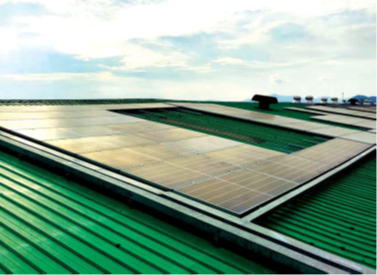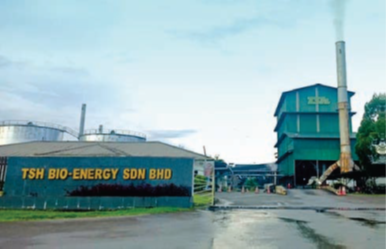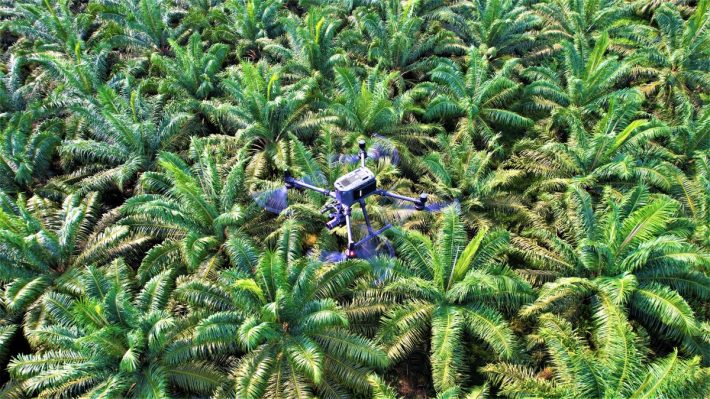Climate Strategy & Carbon Management
SustainabilityDriving Sustainable Practices for a Greener Future
At TSH, we are committed to integrating sustainable practices into every aspect of our operations, with a focus on reducing our environmental impact, promoting renewable energy, and fostering responsible land management.
Our Commitment to Climate Strategy
Driving Renewable Energy Adoption

Harnessing Waste for Renewable Energy

Reducing Emissions through Fire Prevention

Transforming Waste into Energy
Sustainable Forest Management & Industrial Tree Plantations
TSH Resources Berhad is committed to mitigating climate change and advancing carbon management through sustainable forestry initiatives. In 1997, the company signed a 100-year Sustainable Forest Management License Agreement (SFMLA) with the Sabah Government to manage 123,385 hectares in the Ulu Tungud Forest Reserve (Forest Management Unit 4). The area was designated as a Class II Commercial Forest Reserve for sustainable timber production while conserving carbon stocks and biodiversity.
In 2016, TSH surrendered 28,375 hectares of the licensed area, which was reclassified as Class I Protection Forest for conservation purposes. This reduced the licensed area to its current 95,010 hectares, underscoring TSH’s dedication to responsible forest management and environmental preservation.
- Sustainable Forest Management (SFM): Around 50,000 hectares are managed under a Natural Forest Management (NFM) regime to maintain ecological integrity.
- Industrial Tree Plantations (ITP): Around 10,000 hectares are planted with ITP species including Rubber (Hevea brasiliensis), Laran (Neolamarckia cadamba), Binuang (Octomeles sumatrana), Akasia (Acacia mangium), Batai (Albizzia falcataria), Teak (Tectona grandis)
- Carbon Stock Contribution: The Ulu Tungud Forest Reserve contributes significantly to carbon sequestration. Based on LiDAR assessments conducted in 2016, aboveground carbon stocks in the project area have significantly increased over time due to limited harvesting and consistent annual growth, reflecting enhanced biomass and carbon sequestration capacity.
- Biodiversity and Community Impact: The reserve supports high biodiversity, including several IUCN-listed flora and fauna. Adjacent communities of about 2,000 individuals also benefit from sustainable development initiatives, improving livelihoods while promoting environmental stewardship.
Through sustainable forestry, TSH Resources Berhad demonstrates a balanced approach to carbon management, biodiversity conservation, and community support, contributing to global climate action and sustainability goals.
